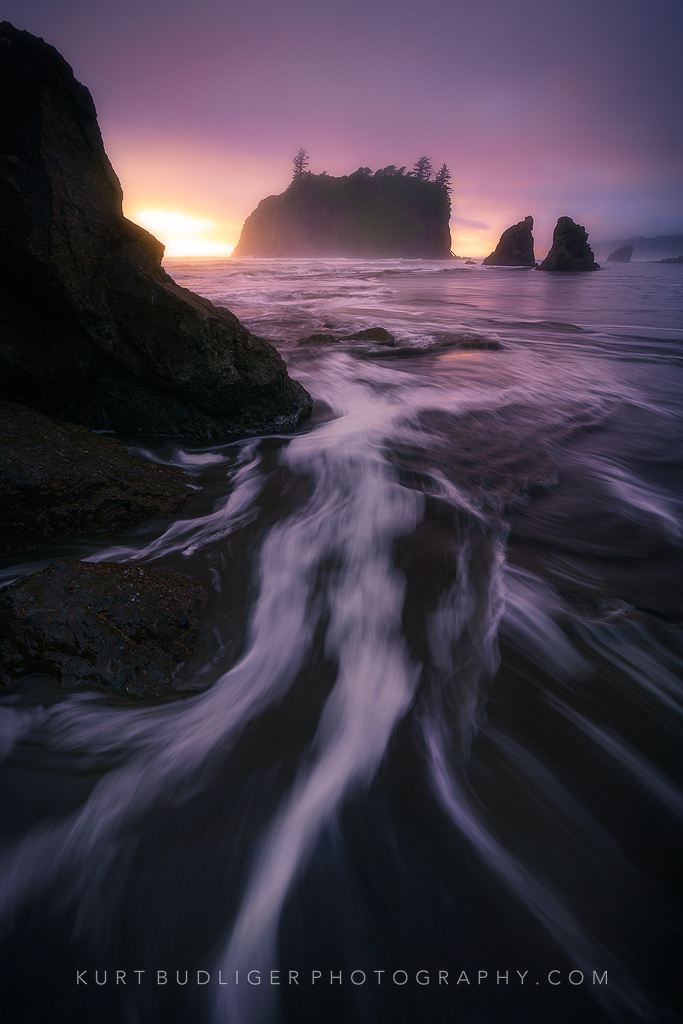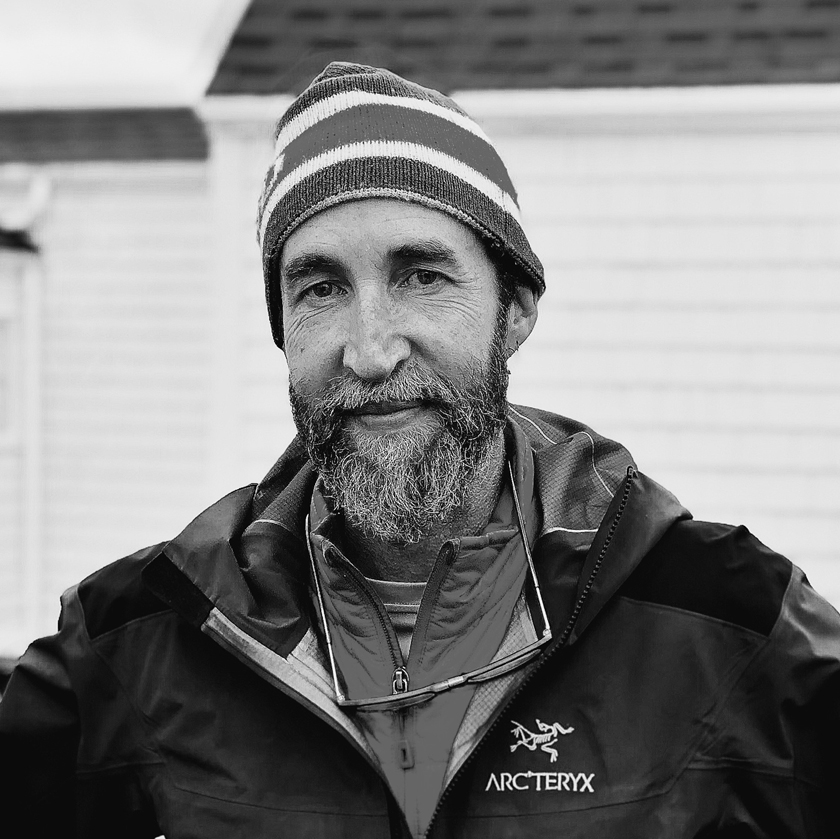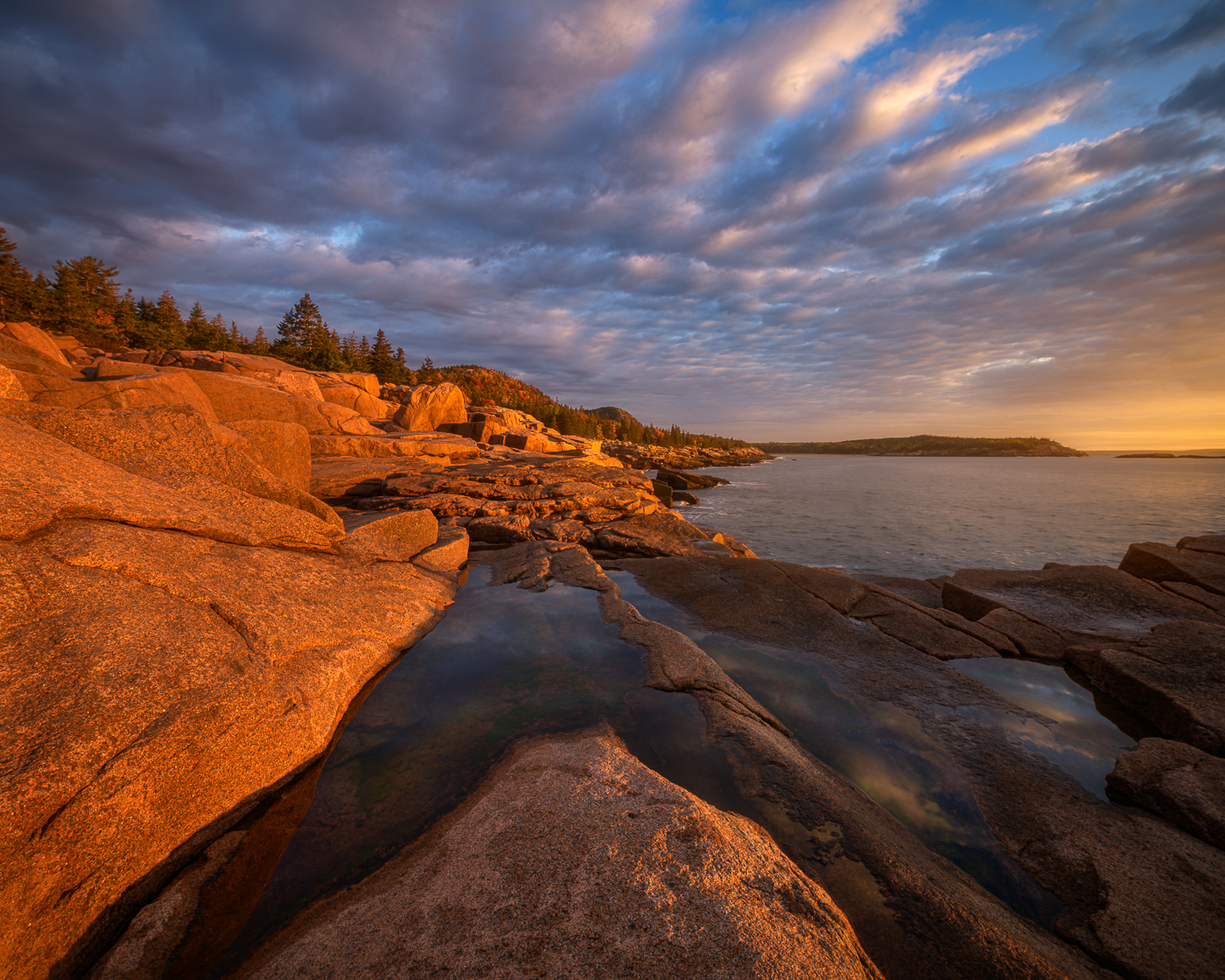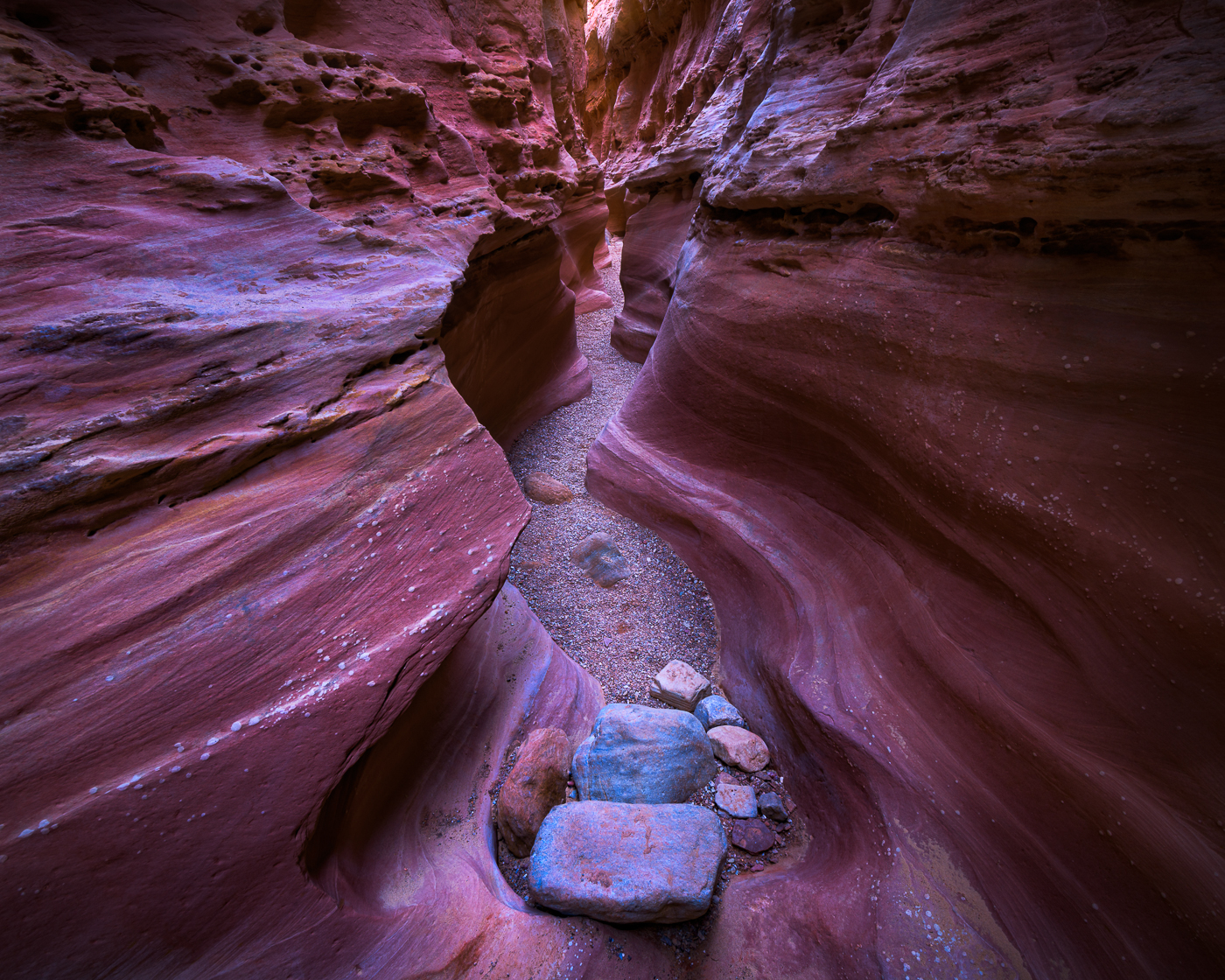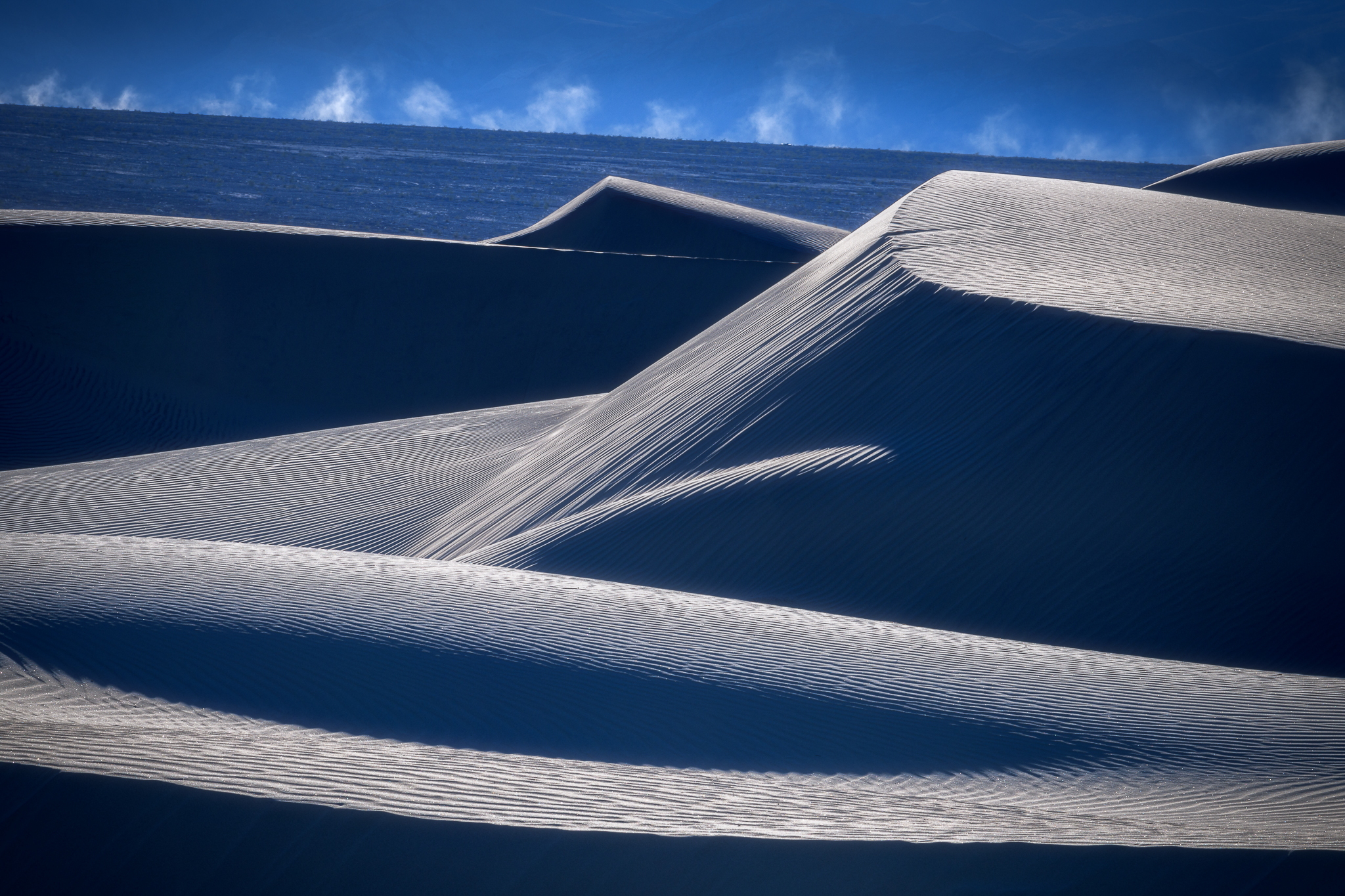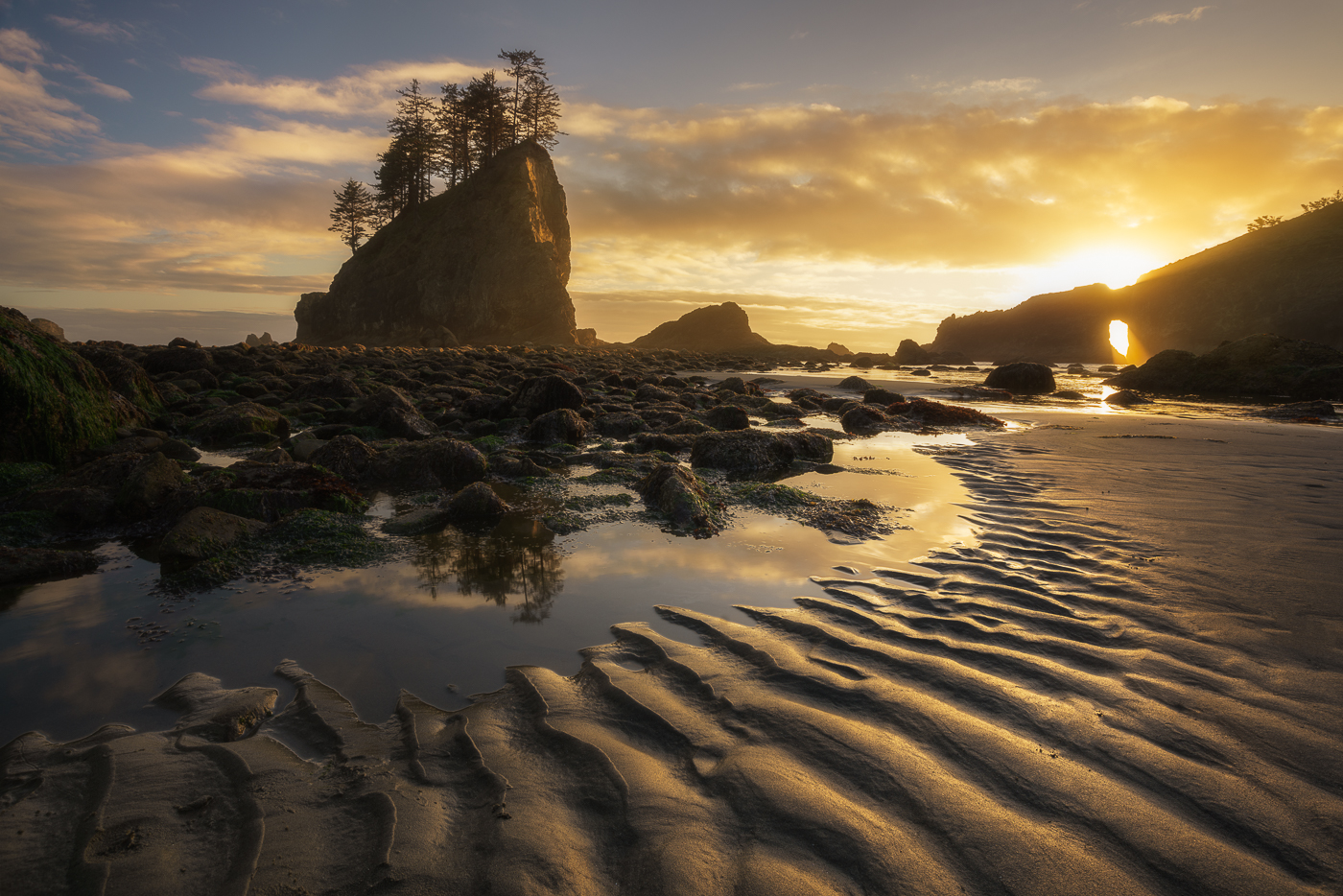I once listened to an interview with a film critic, or some such industry expert that described the newest spate of action films as a collection of “Exacerbated Pixels,” or EP for short. Exacerbated Pixels, as the interviewee explained describes the over the top color, contrast, almost hyper-reality, and in the case of action films, gratuitous use of computer generated special effects. He further explained that many of these films are so hollow without the use of special effects that in their absence they’re nothing but weak plots, pretty faces and have no lasting impact on the viewer.
All one has to do is peruse a handful of the popular online photo communities to quickly see that many photographers are slipping over into the darkside and entering, knowingly or not, EP land. What is EP land you ask? It’s the place where your image is transformed into something that more resembles a burlesque showgirl than the girl next door, or that which you photographed. We all know that it’s fun to watch for a little while but it’s not the kind of thing you bring home to meet your mom (no offense to anyone who’s into burlesque of course). And once all the makeup is removed you’re probably going to be a little disappointed in the morning.
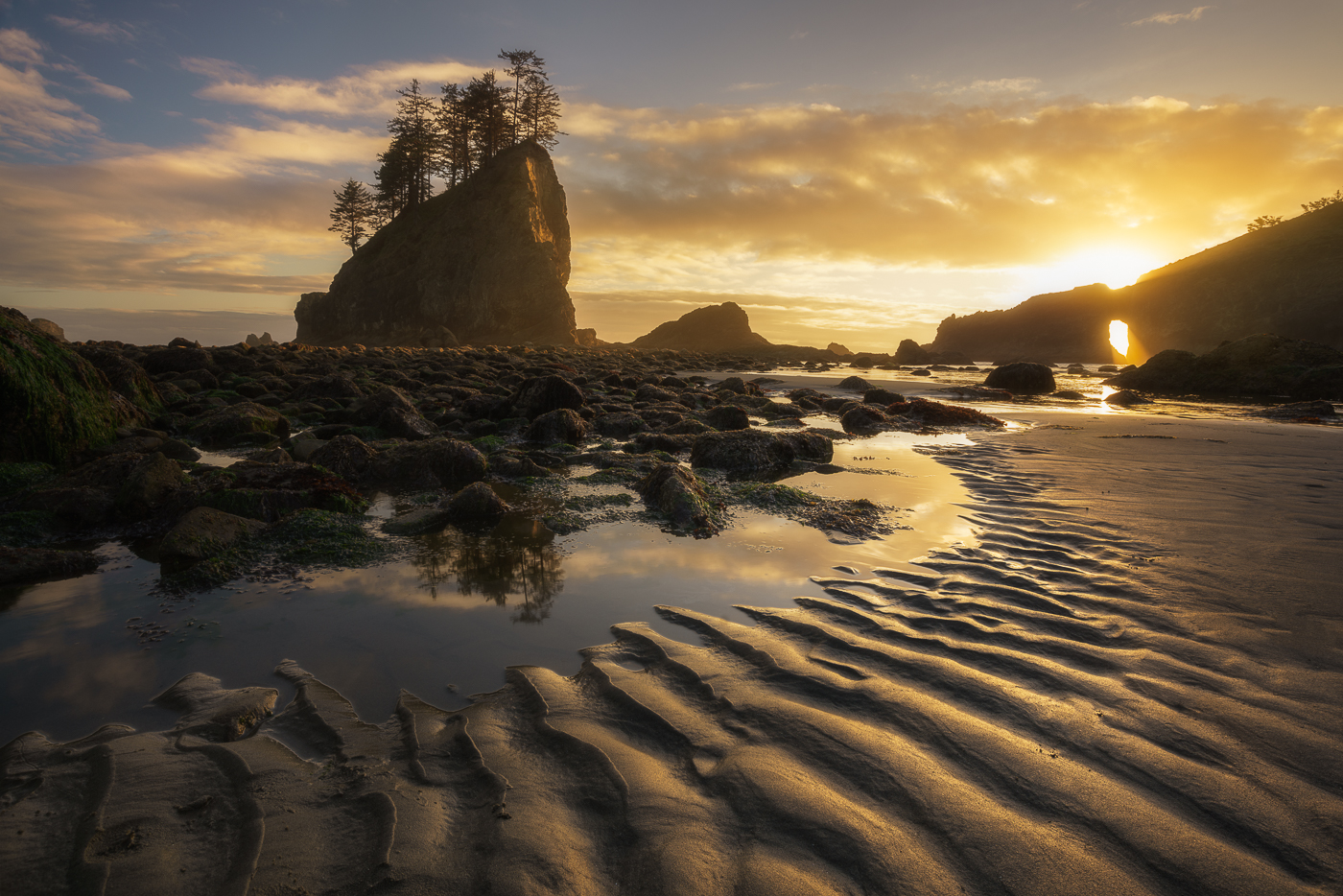
“Second Chances,” Olympic National Park, WA Sony A7RII, 16mm f11 @ 1/20 sec ISO 100
I once listened to an interview with a film critic, or some such industry expert that described the newest spate of action films as a collection of “Exacerbated Pixels,” or EP for short. Exacerbated Pixels, as the interviewee explained describes the over the top color, contrast, almost hyper-reality, and in the case of action films, gratuitous use of computer generated special effects. He further explained that many of these films are so hollow without the use of special effects that in their absence they’re nothing but weak plots, pretty faces and have no lasting impact on the viewer.
All one has to do is peruse a handful of the popular online photo communities to quickly see that many photographers are slipping over into the darkside and entering, knowingly or not, EP land. What is EP land you ask? It’s the place where your image is transformed into something that more resembles a burlesque showgirl than the girl next door, or that which you photographed. We all know that it’s fun to watch for a little while but it’s not the kind of thing you bring home to meet your mom (no offense to anyone who’s into burlesque of course). And once all the makeup is removed you’re probably going to be a little disappointed in the morning.
The three pillars of a good photograph have always been, and I would argue always will be, strong composition, great light (which isn’t necessarily always dramatic) and a compelling story (this is also sometimes described as moment). There’s no amount of glitz or Photoshop that can improve or make up for a deficiency in one of the pillars. And often times, when you push the processing too far to compensate you’ll wind up with an image that doesn’t hold up to much more than a 900 pixel version online. So here are my 5 Tips for Avoiding EP:
1) Shoot epic stuff so that you won’t feel compelled to add or rely on special effects later on. The not so dirty little secret about shooting epic stuff of course is that you’ve got to DO epic stuff. Of course epic to one person might not be epic to another and vice versa. You’ve got to define epic for yourself, then do it and shoot it well. Is it crawling around the forest floor looking for amazing mosses or wading out to a lone seastack off the coast at a minus tide with a full moon and a two for one deal at Chipotle? Whatever it is, shoot it in its best light. Take the time to make an amazing composition and maybe most importantly, dig for, wait for, or search out the story, the moment, the rare convergence of elements that will give the image staying power. Only then will the image be amazing.
2) Get the best image possible in camera, don’t be lazy. Experiment with different exposures and how they contribute to the aesthetics of the image while you’re in the field. Then, when you’re home in the digital darkroom you can use the best or most appealing of the frames without having to exacerbate the pixels. I recommend shooting raw to provide yourself with the most leeway possible. And of course, always use a tripod.
3) Use filters. There are a handful of filters I use regularly; polarizer, neutral density, and occasionally a graduated neutral density. Although since switching to the Sony A7R series and now the Nikon d850 I seldom use these since the dynamic range of these sensors is so incredibly broad. There’s no tool or filter in Photoshop that can polarize or extend your exposure time for motion blur like the filter in the field, period.
4) Show some restraint when using sliders in ACR and/or Lightroom. Just because you can, doesn’t mean you should or that if you do, you’ll improve the image. I only use a tool if I feel it will help achieve my goal, the fewer the better. More is not always better, just because the slider goes to 100 doesn’t mean you should too. I rarely find that I move many of the ACR sliders (clarity, vibrance, contrast, HSL, etc) beyond 20 or 25. There is almost always a point of diminishing returns beyond which you’ll start to really degrade an image.
5) Pixel peep. No I don’t mean taking pictures of your cat and zooming in to 400% looking for burnt pixels and then complaining about it online. I mean routinely magnify the image to 50 or 100% and critically analyze the moves you’ve made to make sure there are no unintended consequences. Look for banding or pixelation in areas that should have smooth color gradations, like the sky. Look for halos forming around edges, and areas of high contrast. Make sure you’re not applifying noise when opening or lightening shadows. Make sure you’re not losing fine details in important areas when using noise reduction for example.
Photoshop is a very convenient crutch. Don’t get me wrong, post-production is an extremely important part of digital photography, but it’s not the most important part. There’s no “make my shitty composition good” filter or “Mobetter” action in Photoshop that can rescue a weak plot or shallow storyline. Spend your time and money on becoming a great photographer first.

